Sales activity in London’s prime property market picked up in the third quarter of 2019, growing 10.3 per cent, but prices continued to fall, according to a new Prime Property Index by Coutts.
The accelerating sales activity in London’s most expensive neighbourhoods was the fastest quarterly gain Coutts had recorded since the end of 2017.
Coutts suggested this acceleration in activity was taking place because sellers had run out of patience and that demand was strong, particularly from foreign buyers, attracted by a weak pound.
Despite a rapid rise in the third quarter, sales volumes remained 27.8 per cent lower than their peak in 2013.
Headwinds for prime market
Coutts added that there had been a notable slowdown in the sale of homes in homes priced over £5 million, which it attributed to proposed changes to Stamp Duty. The proposals involve reducing the top rate of the tax from 12 per cent to seven per cent.
At present, homeowners begin to pay the 12 per cent top rate for homes worth £1.5 million or more. A reduction in the top rate for homeowners in this price bracket would enable them to make additional savings.
Boris Johnson suggested a reduction in the top rate of Stamp Duty back in the summer, and his finance minister Sajid Javid was suggested to be considering switching the liability for Stamp Duty from buyer to seller, but Mr Javid was swift to deny the story.
The government was expected to clarify its position in a ‘wait-and-see’ budget on 6th November, but recent developments in Westminster regarding Brexit mean this did not come to pass.
With a general election campaign now underway, investors will need to wait until after 12th December, to see whether Mr Johnson will be in a position to command a majority, before a budget or any policy proposal is presented to MPs.
On 11th November, Brexit Party leader Nigel Farage revealed that his party would not stand in the 317 seats the Conservatives had won in the previous election, having previously intended to field candidates in over 600 constituencies across the UK.
Such a tactic is intended by Mr Farage to limit the chances of splitting the vote with the Conservatives in those seats and reduce the chances of anti-Brexit MPs being elected instead.
Prices continue to deflate
Prices in this high-value market fell by 0.8 per cent between the second and third quarters of 2019, meaning these homes had seen price gains of 0.4 per cent since September 2018. Taking a longer-term view, prime London property prices were 15.2 per cent below their peak in mid-2014.
Coutts identified an apparent mismatch between the expectations of buyers and sellers, finding price discounts of 15.2 per cent on homes dubbed ‘super-prime’ properties, or those valued at £10 million or more.
However, for prime properties as a whole, the average price discount was closer to 10.3 per cent below asking price, having narrowed over the past two years. Coutts believed this suggested buyers and sellers were reaching a consensus on fair valuation levels.
The index from Coutts comes two months after London Central Portfolio reported that buyer momentum was building in the prime property market during the summer, as prices remained high and demand exceeded supply.


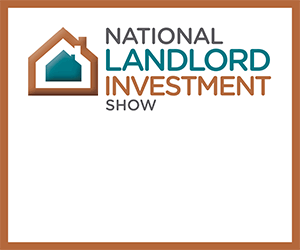

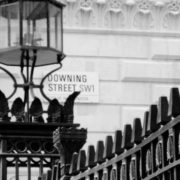
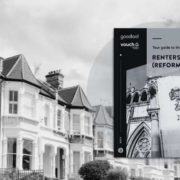

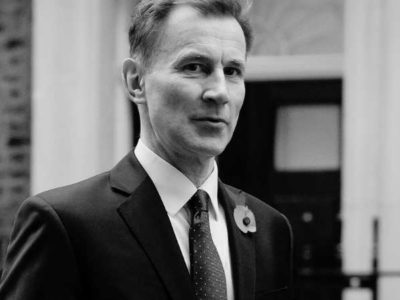
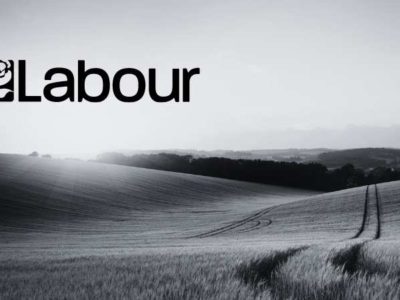
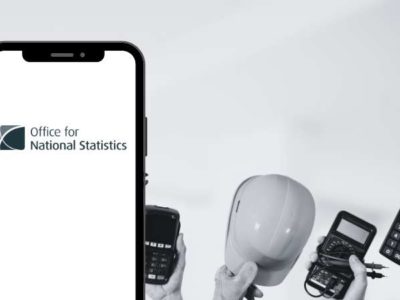
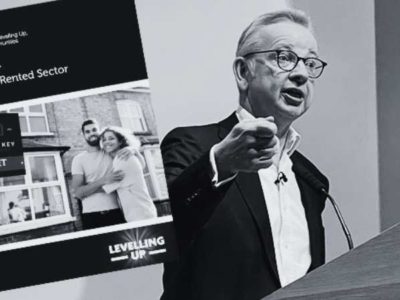
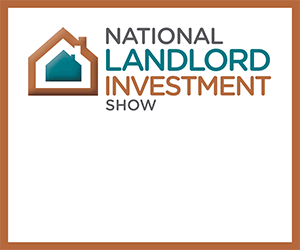

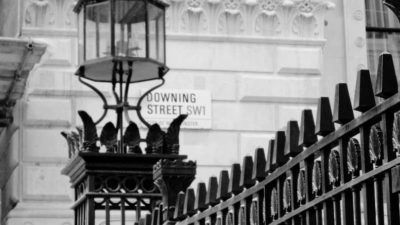
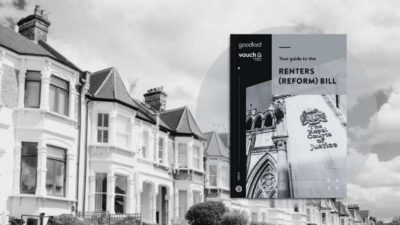

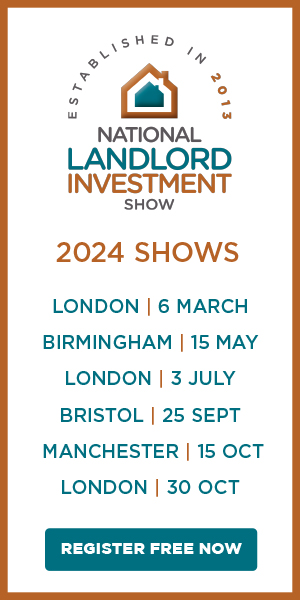
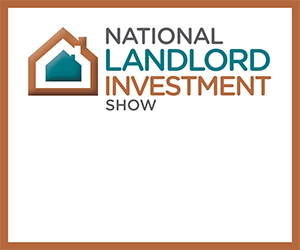
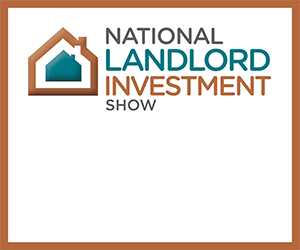


Comments